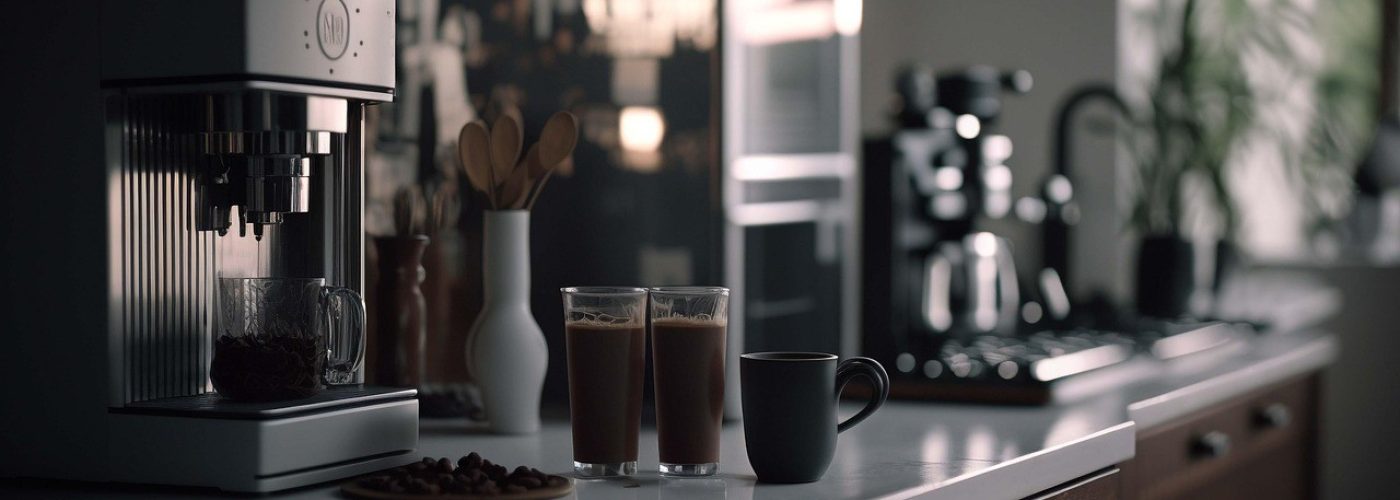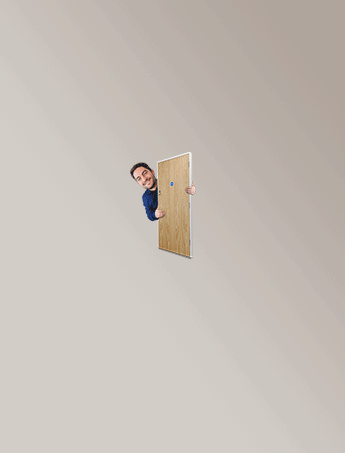When talking about the trends that will shape kitchens in the next decade, it’s not necessarily about whether dark or light cabinets will be popular in 2030. Aesthetic appeal is important, but we need to focus more on investing in durable, adaptable, and smart infrastructure.
Design trends come and go, but a smart layout that can adapt to new technologies without losing functionality and appeal is the best you can offer future homebuyers, restaurant owners, or food manufacturers. This approach ensures a kitchen remains functional and valuable, especially in a future that might involve advanced cooking robots.
In light of these aspects, let’s see what it means to truly future-proof kitchen fit-outs.
Adaptability and Modular Design
Flexibility is key in the food industry, making modular design a crucial element for both residential and commercial kitchens of the future. We’re talking about a kitchen that can evolve with the user’s needs.
This is where prefabricated and reconfigurable layouts come in, with scalable designs that can expand or contract based on needs. Elements like modular cabinet systems, movable islands with integrated utilities, and flexible storage solutions will be a must-have in the near future.
Prefabricated modules reduce installation time and lower construction costs, but also allow a space to be reconfigured for a new owner or a change in lifestyle. This kind of adaptability helps future-proof investments, ensuring that spaces can pivot to new food trends without requiring a complete rebuild.
But modular and flexible doesn’t mean flimsy and easily replaceable. Durability will also be a key factor in future kitchens. Since the kitchen area may have to endure heavy use across multiple tenants, its surfaces, floors, and fixtures must withstand constant turnover.
Smart and Sustainable Equipment and Infrastructure
The future is clearly technology-driven, and the kitchen is not exempt. In fact, we’re already seeing smart appliances designed for lower energy consumption, with better safety features. One great example comes from induction stoves, which are better for the environment and for users than traditional gas ones.
If you have a look at current equipment suppliers’ offers (such as Restaurant Supply pro kitchen equipment catalogue), you already see a trend toward scalable, future-ready tools that can handle the demands of multi-concept operations.
However, to ensure future kitchens can adapt to new tools and appliances, many of which don’t even exist yet, contractors and designers must approach smart technology as a core part of the infrastructure.
This means moving beyond a single Wi-Fi-enabled refrigerator and instead building an integrated, adaptable system. This involves providing dedicated circuits to support future appliances and installing built-in USB-A, USB-C, and wireless charging pads to power a growing number of smart kitchen devices like tablets and smart thermometers.
A strong, reliable Wi-Fi signal is a given, but a truly future-proof kitchen should also have Ethernet ports. Hardwired connections are more secure, reliable, and faster, which is essential for things like remote monitoring, smart appliance management, and streaming media.
Automation, AI, and Data-Driven Kitchens
Yes, the future will most likely put artificial intelligence in kitchens. Although it may seem like a bit of a stretch, automation is already part of the food industry, and can boost kitchen functionality at home as well.
Big, industrial kitchens already use IoT sensors in commercial refrigerators and pantries to track inventory in real-time. This automated process can alert managers when supplies are low and predict usage patterns to minimize waste.
Ovens, fryers, and grills are equipped with sensors and smart controls that can automatically adjust temperature and cooking time based on the specific food item. This way, we reduce the risk of human error and limit the spread of foodborne illness.
In residential kitchens, we now have touchless faucets that use motion sensors to turn on and off. This is great for both hygiene reasons and conserving water. Next, smart lighting systems adjust brightness based on time of day or occupancy, which is great for energy efficiency.
The Kitchen of the Future
The trends show that home kitchens will stop being a collection of disparate appliances and instead, turn into a central hub of efficiency, health, and creativity. The entire room will function as a single, interconnected system.
We might even have robotic arms, discreetly integrated into a kitchen island, handling tasks like chopping vegetables or kneading dough. The induction cooktop will be able to adjust the temperature automatically, and smart vent hoods will regulate air quality and ventilation in real-time.
We may even have an AI system that analyzes each family’s nutritional needs and dietary preferences, suggesting personalized meal plans and automatically ordering groceries when supplies are low. This way, cooking at home will no longer take up at least an hour of your day, and it will become a pleasurable activity instead of a chore.
In the food industry, the kitchen of the future will be a high-tech ecosystem optimized for speed, precision, and safety. Human chefs will be able to exercise their full creativity and thirst for innovation, while AI and robotics will handle the repetitive, high-volume tasks.
There will also be AI-powered systems continuously monitoring every aspect of the operation, from the temperature of ingredients to the cleanliness of the cooking surfaces, ensuring that every dish meets the highest standards of safety and consistency.
Wrap Up
In simple terms, kitchens will soon become ecosystems of technology, sustainability, and adaptability. This means that kitchens built today need to align with future operational demands, shifting consumer trends, and ever-stricter environmental regulations.





